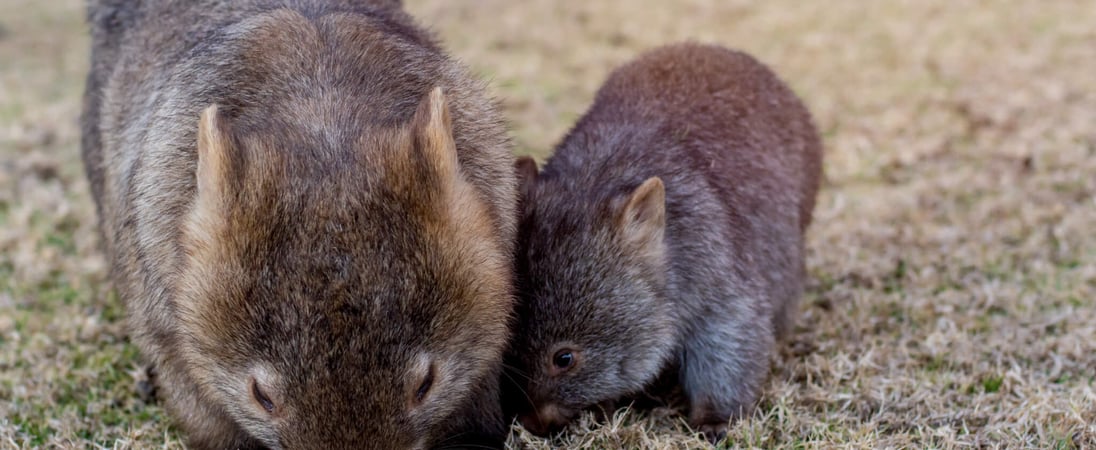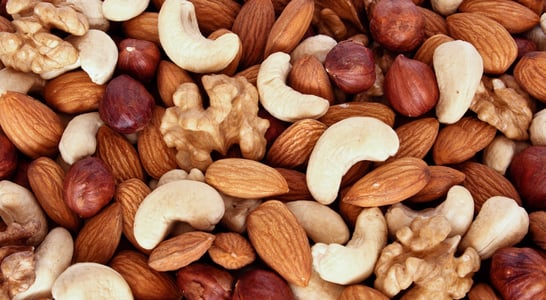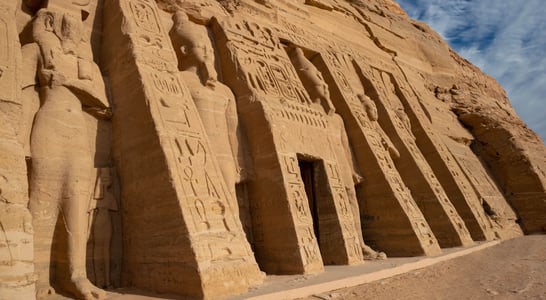
Wombat Day
Every year, on the 22nd of October, we celebrate a small, burrowing marsupial native to Australia known as the wombat.
Wombat Day is dedicated to raising awareness about these fascinating animals and celebrating their existence in our world.
How to Celebrate Wombat Day
Celebrating Wombat Day can be as simple or as elaborate as you wish. Here are some suggestions:
- Visit a Zoo or Animal Sanctuary: Many zoos and animal sanctuaries have wombats. Visiting these places not only allows you to see wombats up close but also supports the organizations that care for them.
- Wear Wombat-Themed Clothing: Show your love for wombats by wearing a t-shirt, sweatshirt, or even socks featuring this adorable creature.
- Bake Wombat-Shaped Treats: Get creative in the kitchen by baking wombat-shaped cakes, cookies, or other treats. This can be a fun activity to do with kids.
- Learn and Share About Wombats: Use this day as an opportunity to learn more about wombats and share your knowledge with others. You can read books, watch documentaries, or even follow wombat conservation organizations on social media.
- Support Wombat Conservation: Consider making a donation to a wombat conservation organization or adopting a wombat (symbolically, of course). Your support can help protect wombats and their habitats.
History of Wombat Day
The history of Wombat Day is relatively recent, with the first celebration taking place in 2005. The day was initiated by a man named Chris Mabe, who felt that wombats, just like their close relatives the koalas, deserved a day of their own.
Chris’s love for these unique creatures led him to establish a day dedicated to them, a day for people to learn about wombats, appreciate them, and raise awareness about the threats they face.
The date, October 22, was chosen to coincide with the spring planting season in Australia, a time when wombats are particularly active.
As nocturnal animals, wombats spend the daylight hours in their burrows, emerging at dusk to feed on grasses, roots, and bark. The spring planting season often brings them into contact with humans as they venture out in search of fresh food.
The Wombat: A Unique Creature
Wombats are muscular marsupials that resemble small bears. They are the largest burrowing mammals, spending most of their time underground in their extensive burrows and emerging mainly at night.
There are three species of wombats: the common or bare-nosed wombat, and the southern and northern hairy-nosed wombats.
Wombats are unique in many ways. One of their most distinctive features is their backward-facing pouch, a design that prevents dirt from filling the pouch when the wombat is digging. Wombats are also known for their slow metabolism. It can take up to 14 days for a wombat to fully digest a meal!
Despite their slow pace and docile nature, wombats are strong and determined. Their powerful legs and sharp claws make them excellent diggers, capable of creating extensive burrow systems.
These burrows provide wombats with protection from predators and harsh weather conditions.
Wombat Day: A Celebration of Nature
Wombat Day reminds us that conservation is not just about saving the big, charismatic animals like elephants and tigers.
It’s also about the small, the obscure, the ones that often go unnoticed. Wombats may not be as famous as kangaroos or koalas, but they are just as important to the ecosystems they inhabit.
So, this Wombat Day, take a moment to learn about these fascinating creatures. Share your knowledge with others. If you can, support a wombat conservation organization. And most importantly, take a moment to appreciate the wonderful diversity of life on our planet.
Wombat Day FAQs
How did Wombat Day become an international celebration?
Initially established in Australia, Wombat Day has gained global recognition through social media and wildlife advocacy groups.
Enthusiasts worldwide now observe the day by sharing wombat facts, art, and supporting conservation efforts.
What role do wombats play in Indigenous Australian cultures?
In various Aboriginal Dreamtime stories, wombats are depicted as wise and resilient creatures.
These tales often highlight the wombat’s burrowing habits and its significance in teaching lessons about resourcefulness and survival.
Are there any unique art forms inspired by wombats?
Yes, wombats have inspired a range of artistic expressions, including traditional Aboriginal rock art and contemporary illustrations.
Artists often depict wombats in their natural habitats, emphasizing their stout bodies and burrowing behaviors.
How do wombats defend themselves from predators?
Wombats possess a tough cartilage plate on their backsides. When threatened, they dive into their burrows, blocking the entrance with their reinforced rumps to deter predators.
What are some misconceptions about wombats?
A common misconception is that wombats are slow and defenseless. In reality, they can run up to 40 km/h over short distances and use their strong hindquarters to fend off threats.
How do wombats impact soil health?
Through their extensive digging, wombats aerate the soil, which promotes nutrient cycling and plant growth.
Their burrowing activities help maintain healthy ecosystems by facilitating water infiltration and root development.
Are there any special foods associated with Wombat Day celebrations?
While traditional Australian treats like Anzac biscuits and lamingtons are popular, some enthusiasts create wombat-shaped cookies or cakes. These culinary creations add a festive touch to the celebrations.
How do wombats communicate with each other?
Wombats communicate through vocalizations, scent markings, and physical behaviors. They emit grunts, growls, and hisses, and use scent glands to mark their territories and convey reproductive status.
What efforts are in place to protect endangered wombat species?
Conservation programs focus on habitat preservation, research, and breeding initiatives.
Organizations work to monitor populations, protect critical habitats, and raise public awareness about the challenges wombats face.
How can individuals participate in Wombat Day?
People can celebrate by learning about wombats, supporting conservation groups, sharing wombat-related content on social media, or even adopting a wombat through wildlife programs.
Engaging in these activities helps promote awareness and appreciation for these remarkable creatures.
See what else is happening…
There’s always more going on every month at Days Of The Year. Here are our favorites this month!
Also on ...
View all holidaysSmart is Cool Day
Unlocking the power of knowledge and embracing curiosity leads to a world of endless possibilities. Smart is the new trendsetter!
National Nut Day
Savor the delightful crunch of these small, protein-packed bites that add a satisfying twist to snacks and dishes.
National Make a Dog’s Day
Welcoming a loyal companion into your life, a decision that transforms routines into shared adventures and lasting bonds.




